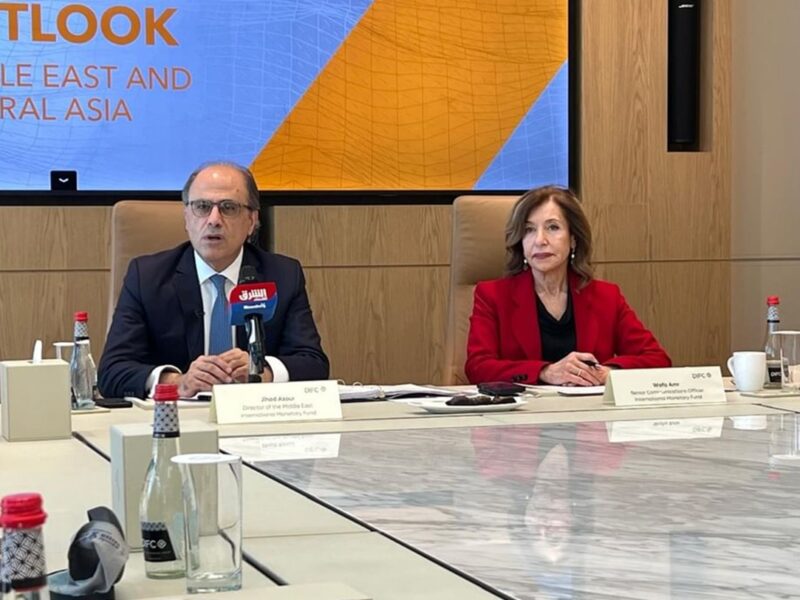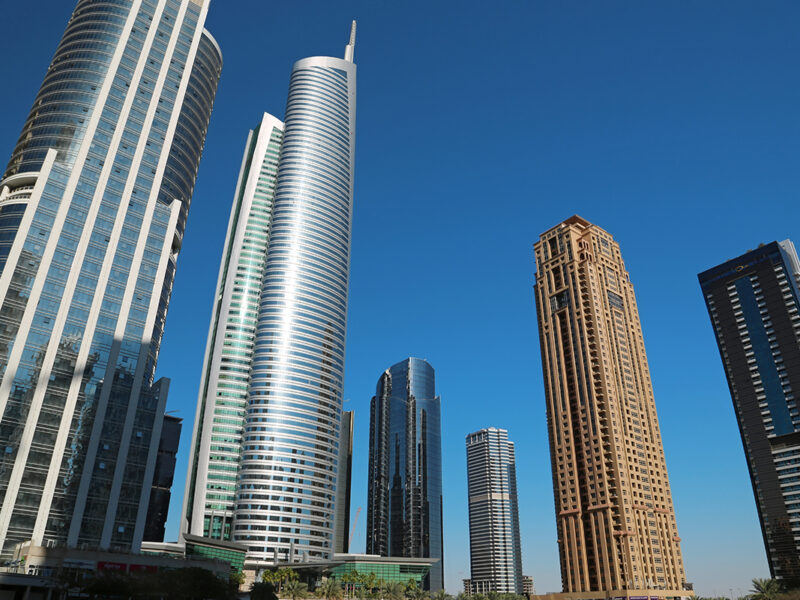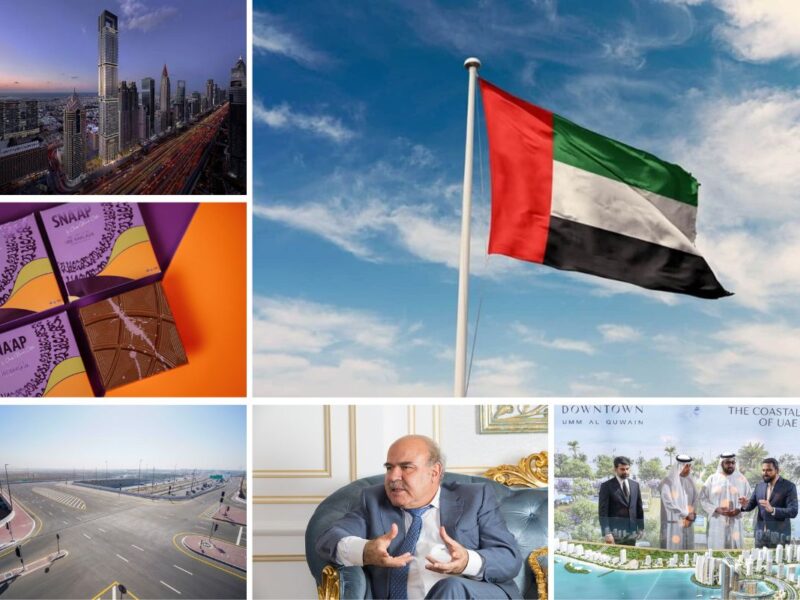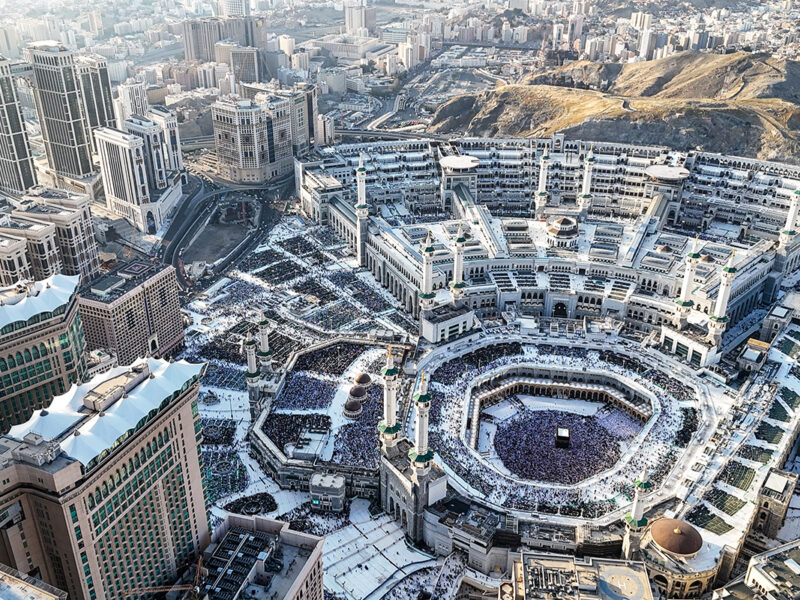Lebanon’s annual inflation rate slowed for the first time in 2020 last month but still topped 133 percent compared to the year-earlier period amid the country’s ongoing economic crisis.
The rate was down from a record high of 136.8 percent in October.
By contrast, the official inflation in Lebanon was just 11.4 percent and 17.5 percent in February and March, respectively.
Steve H Hanke, a professor of Applied Economics at Johns Hopkins University in Baltimore, claimed that according to his calculations Lebanon’s inflation in Lebanon hit 292 percent in December, down from 365 percent in November, and the world’s third highest rate after Venezuela and Zimbabwe.
The Central Administration of Statistics’ Consumer Price Index, released on Wednesday, registered a fifth consecutive triple-digit increase, while the CPI, which measures changes in prices paid by consumers for a basket of goods and services, grew by only 0.52 percent in November compared to a 3.9 percent hike in October.
Despite the recent increase in all sub-components of the official consumer price index, some are at a slower pace.
Furnishings, household equipment and routine household maintenance registered the highest surge at 669.8 percent in November, down from 695 percent in October.

The cost of food and non-alcoholic beverages rose by 423 percent in November, down from 441 percent in October, while prices for water, electricity, gas and other fuels rose by only 22.3 percent in November because the government maintained subsidies.
Clothing and footwear were nearly 462 percent more expensive compared to November 2019 while prices at restaurants and hotels rose just over 592 percent and transportation costs surged by 128 percent.
Communication costs rose by 85.9 percent, healthcare costs by 17.29 percent and the cost of education rose by 10.27 percent.
For more than 20 years, the fixed exchange rate helped Lebanon to maintain average annual inflation at about 3 percent but since the start of 2020, Lebanon’s currency depreciated sharply and made imports much more expensive.
Severe inflation, the economic downturn, the outbreak of the Covid-19 epidemic and finally the Beirut explosion on August 4 have pushed vulnerable communities in Lebanon to the brink.
More than half of Lebanon’s population is living below the poverty line, with tens of thousands losing their jobs.
According to the United Nations, the price of foodstuffs in Lebanon has increased “almost three times since the month of October 2019” an increase of about 174 percent.









